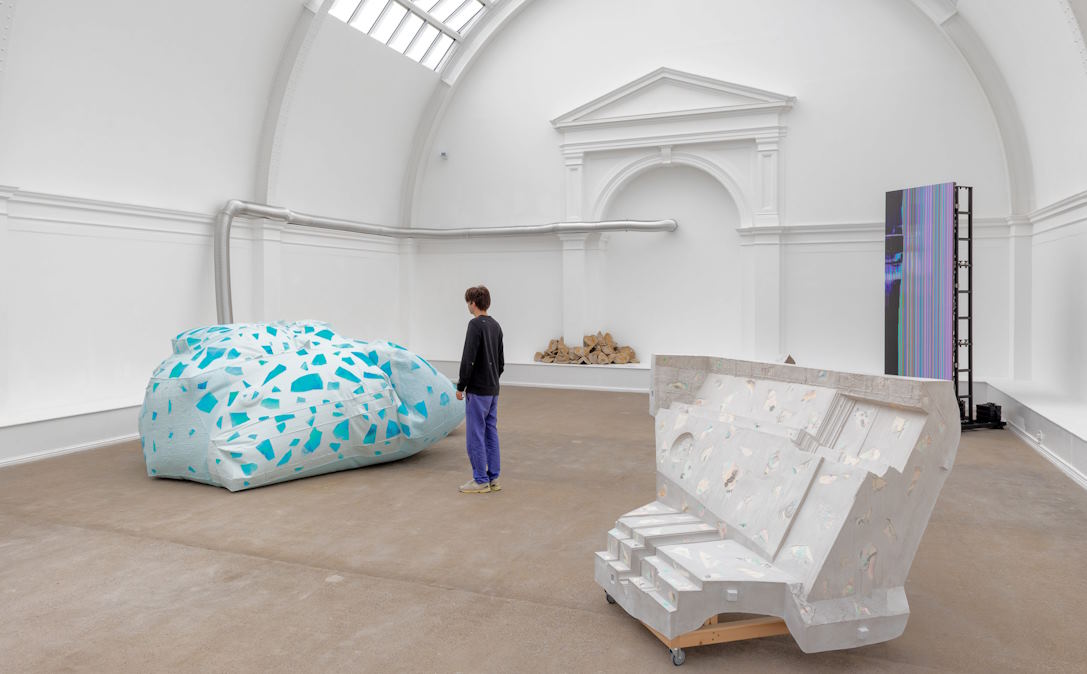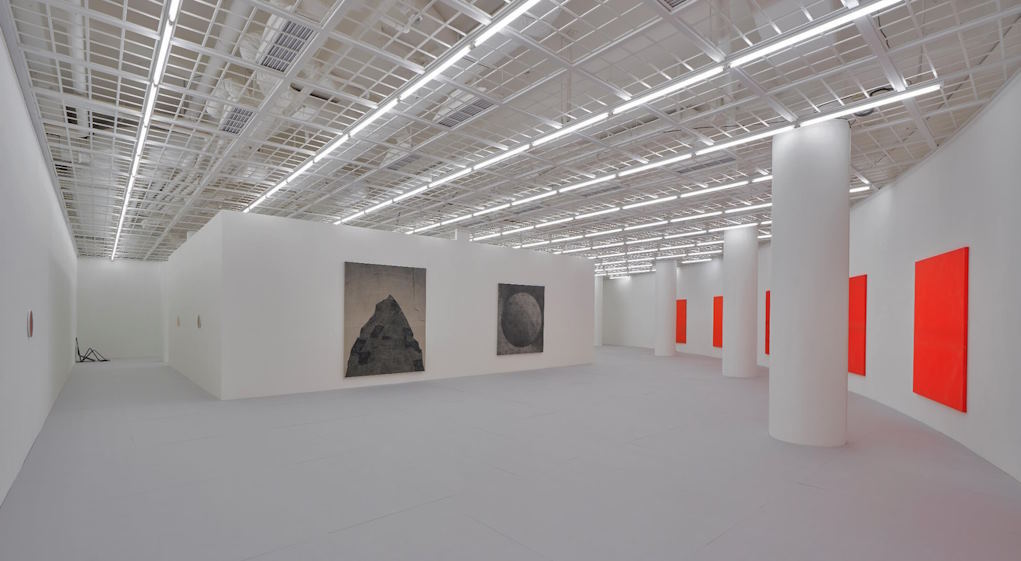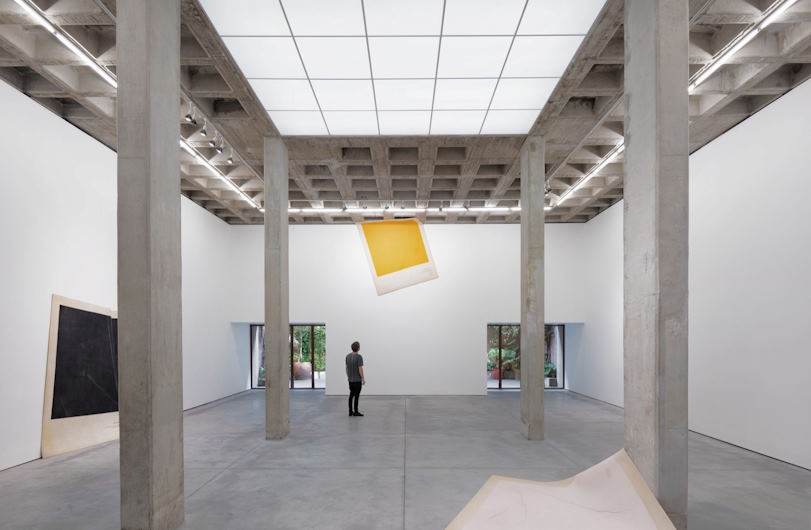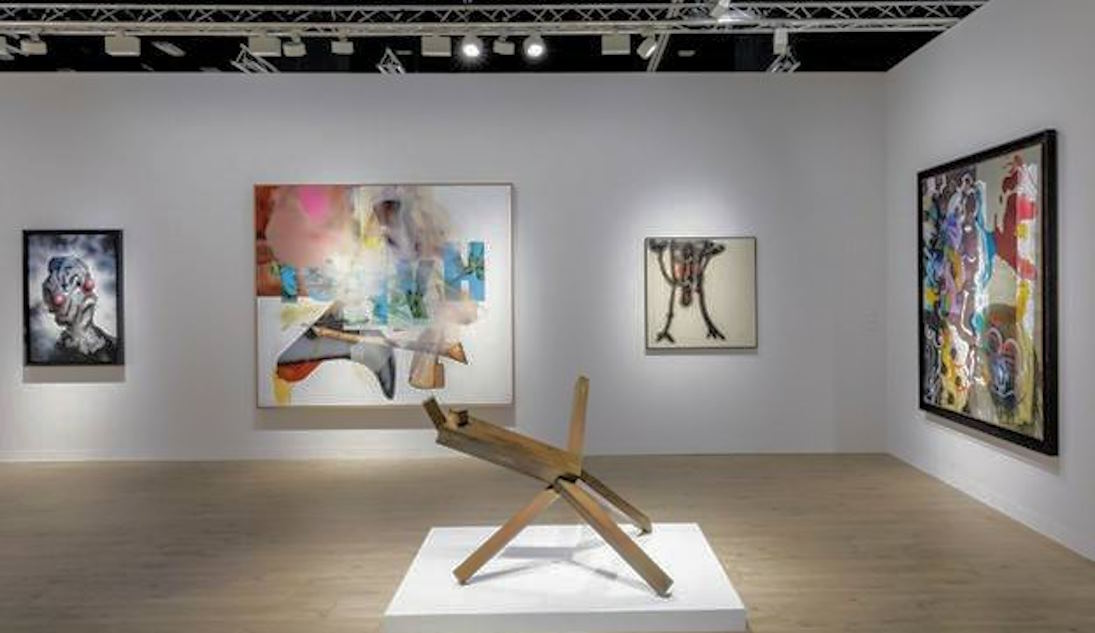
Art and architecture have long shared a symbiotic relationship, intertwining their creative threads to weave the fabric of human culture. Nowhere is this bond more evident than in exhibition spaces, where the marriage of artistic expression and architectural design forms the backdrop for immersive encounters with creativity.
The Role of Architecture in Exhibition Spaces
Creating a Conducive Environment for Viewing Art:
Architecture plays a pivotal role in shaping the atmosphere within exhibition spaces, ensuring that the environment is conducive to the appreciation and contemplation of art. Through thoughtful design choices, such as lighting, spatial layout, and acoustics, architects craft settings that enhance the visual impact of artworks while fostering a sense of immersion for visitors. From the minimalist elegance of contemporary galleries to the ornate grandeur of historic museums, the architectural framework serves as a canvas upon which the narrative of each exhibition unfolds, guiding viewers on a journey of discovery and exploration.
Influence of Architectural Design on Visitor Experience:
The architectural design of exhibition spaces profoundly influences the overall visitor experience, shaping perceptions, emotions, and interactions with art. Whether through the manipulation of scale to evoke awe or the use of materials to evoke intimacy, architects wield their craft to elicit specific responses and engage the senses of those who traverse their creations. By carefully considering factors such as circulation flow, sightlines, and spatial hierarchy, designers curate experiences that encourage meaningful encounters with art, fostering a sense of connection and resonance with the works on display.

Impact of Art on Architectural Design
How Art Can Inspire Architectural Forms and Structures:
Art has long served as a wellspring of inspiration for architects, sparking creativity and innovation in the realm of architectural design. Whether through the exploration of form, color, or texture, artists offer fresh perspectives that challenge conventional notions of space and function. From the fluid lines of Art Nouveau to the geometric abstraction of Cubism, architectural forms often echo the visual language of artistic movements, imbuing built environments with a sense of dynamism and vitality.
Incorporating Thematic Elements of Exhibitions into Architectural Design:
Architects often draw upon the thematic content of exhibitions to inform the conceptual framework of their designs, weaving narratives that resonate with the spirit of the art on display. By translating concepts such as balance, rhythm, and proportion into spatial experiences, designers create environments that engage viewers on multiple levels, inviting them to explore connections between art and architecture. Whether evoking the tranquility of a landscape painting or the kinetic energy of a performance piece, these architectural interventions enrich the visitor’s journey, deepening their appreciation for the underlying themes of the exhibition.

Enhancing the Dialogue Between Art and Architecture
Importance of Fostering Interdisciplinary Collaboration:
Collaborative endeavors enable the exchange of ideas, methodologies, and techniques, opening up new avenues for exploration and discovery. Whether through joint exhibitions, design charrettes, or cross-disciplinary workshops, these collaborative efforts enrich both the process and the outcome, fostering a deeper understanding of the symbiotic relationship between art and architecture.
Exploring the Intersection of Aesthetics, Function, and Artistic Expression:
By reconciling the practical requirements of spatial design with the expressive potential of artistic vision, designers create environments that transcend mere utility, becoming immersive experiences that engage the senses and provoke thought. Through careful attention to detail, materiality, and spatial composition, architects imbue their creations with a sense of narrative depth, inviting viewers to engage in a dialogue that extends beyond the visual realm.

